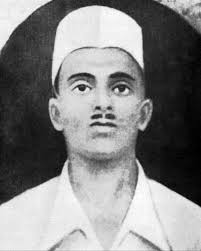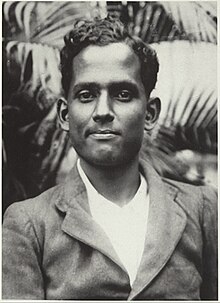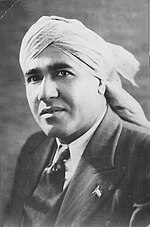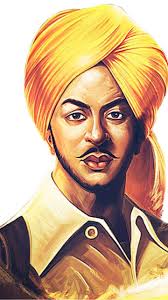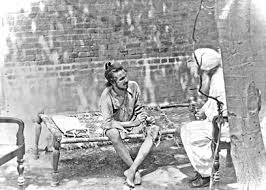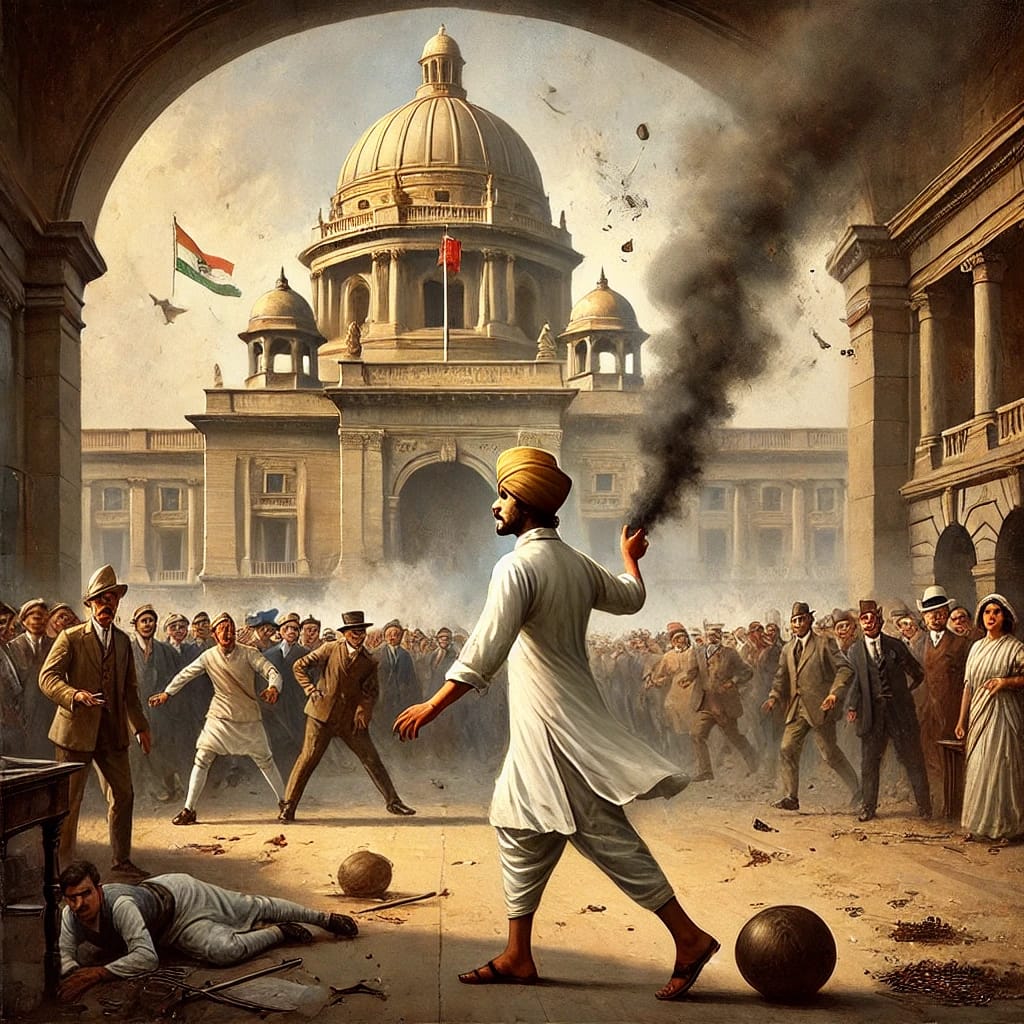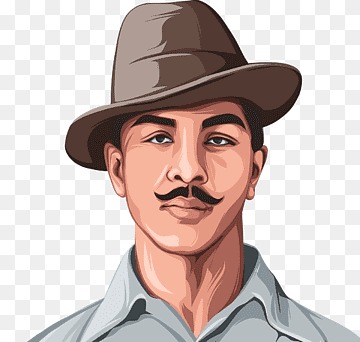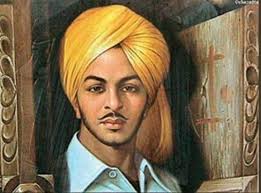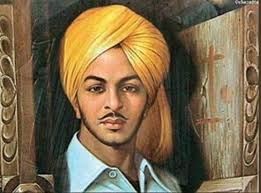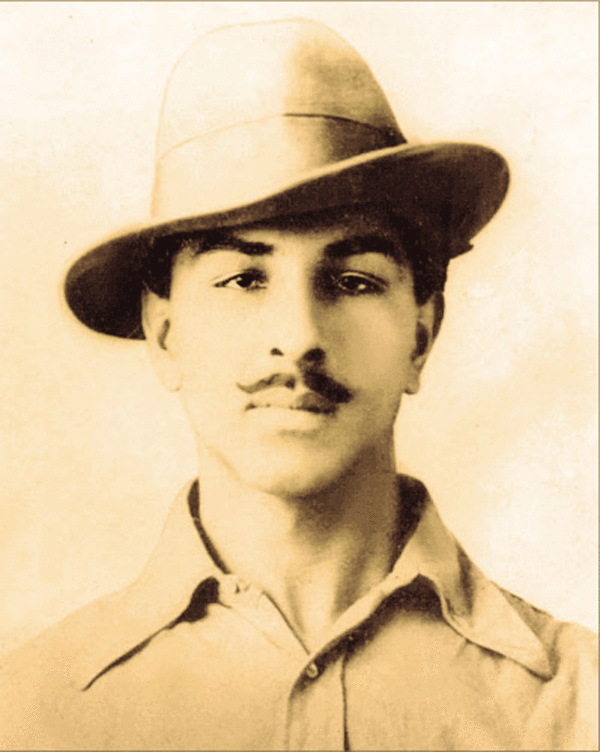
Bhagat Singh, a prominent figure in India’s struggle for independence, led a life filled with remarkable events and ideologies that continue to inspire generations. Here are some intriguing aspects of his life:
1. Early Life and Family Background
Born on September 28, 1907, in the Lyallpur district of British India (now in Pakistan), Bhagat Singh hailed from a family deeply involved in the freedom movement. His father, Kishan Singh, and mother, Vidyavati, were known for their patriotic fervor. This familial environment played a crucial role in shaping his revolutionary ideals.
2. Educational Pursuits and Literary Interests
Bhagat Singh was an avid reader with a profound interest in literature and world affairs. He studied at the National College in Lahore, where he immersed himself in the works of renowned authors and philosophers. His writings under various pen names reflected his deep understanding and commitment to the cause of independence.
3. Evolution from Non-Violence to Revolutionary Activities
Initially influenced by Mahatma Gandhi’s non-violent movement, Bhagat Singh participated in the Non-Cooperation Movement. However, the violent turn of events, especially the Jallianwala Bagh massacre, led him to question the effectiveness of non-violence, steering him towards revolutionary activities aimed at uprooting British colonial rule.
4. Advocacy for Socialism and Communism
Deeply influenced by Marxist ideologies, Bhagat Singh envisioned an independent India based on socialist principles. He believed that mere political freedom was insufficient without social and economic equality. His study of global revolutionary movements and leaders like Lenin and Trotsky reinforced his commitment to these ideals.
5. Embrace of Atheism
Bhagat Singh’s ideological journey led him to adopt atheism. In his essay “Why I Am an Atheist,” he articulated his skepticism towards religious beliefs, arguing that religion often impeded rational thought and progress. This perspective was shaped by his observations of communal tensions and a desire for a secular, progressive society.
6. The Central Legislative Assembly Bombing
On April 8, 1929, Bhagat Singh and Batukeshwar Dutt executed a bombing in the Central Legislative Assembly in Delhi. Designed to be non-lethal, the act aimed to protest repressive laws and awaken the masses to the need for independence. After the bombing, they willingly courted arrest, using the trial as a platform to disseminate their revolutionary message.
7. Hunger Strike and Martyrdom
While imprisoned, Bhagat Singh and his comrades undertook a hunger strike demanding better conditions for Indian political prisoners. The strike garnered significant public attention, highlighting the inhumane treatment of freedom fighters. Ultimately, Bhagat Singh was executed on March 23, 1931, at the age of 23, cementing his status as a martyr in India’s quest for freedom.
These facets of Bhagat Singh’s life underscore his unwavering commitment to India’s independence and his profound influence on the nation’s socio-political fabric.
SOURCE OF INFO.
- Bhagat Singh – Wikipedia
- Bhagat Singh | Biography, Death, Lahore Conspiracy Case, Martyrs – Britannica
- 14 facts about Bhagat Singh, the jewel of Indian freedom struggle – Hindustan Times
These sources provide comprehensive insights into the life and legacy of one of India’s most revered revolutionaries.

